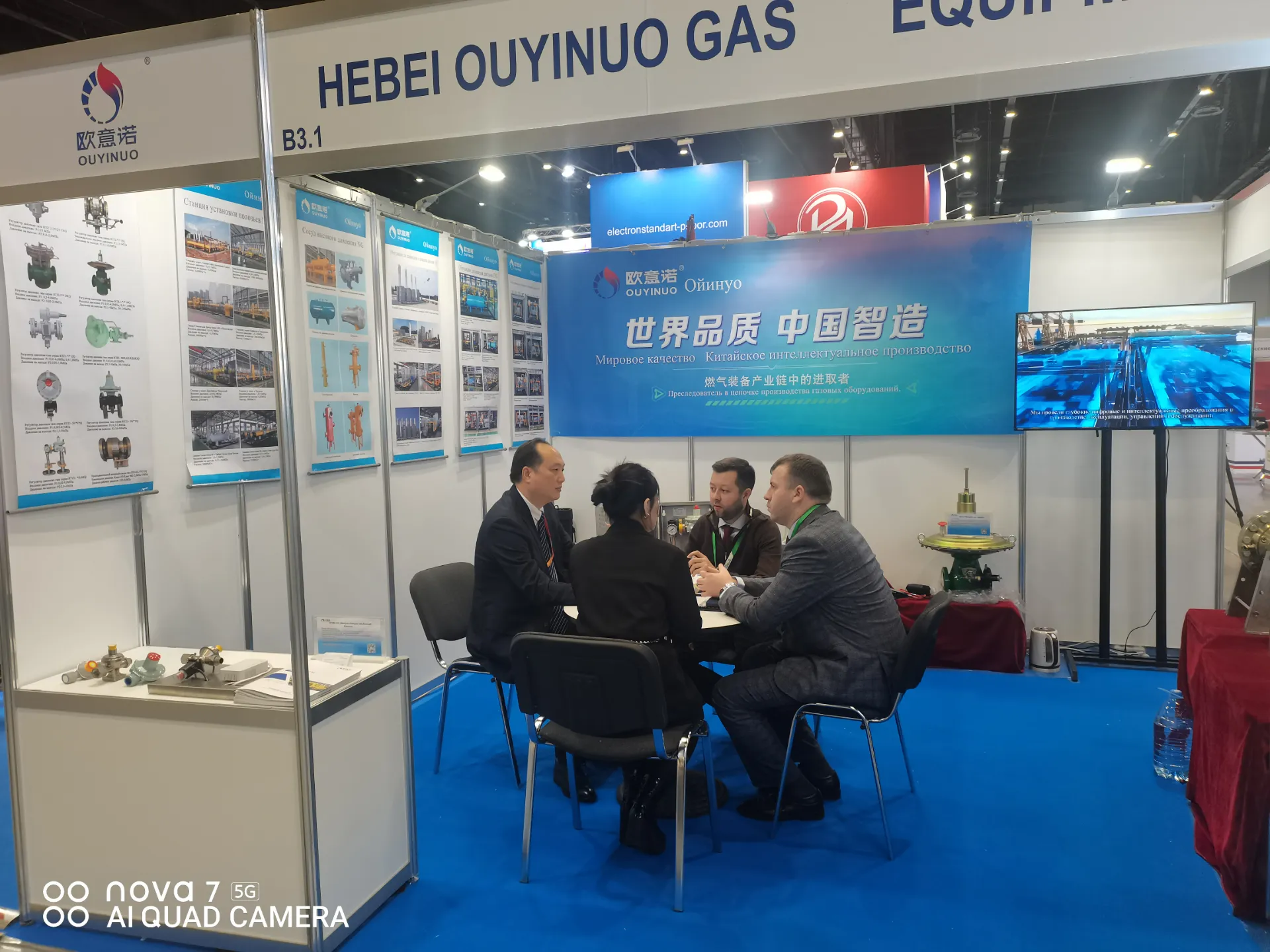
Dec . 04, 2024 09:29
Back to list
gas regulator
Understanding Gas Regulators Essential Components for Safe and Efficient Gas Distribution
Gas regulators play a crucial role in the safe and efficient distribution of gases in various applications, from residential heating to industrial processes. As devices designed to control the pressure of gases, they ensure that gas is delivered at a safe and usable pressure to appliances and machinery. Understanding how gas regulators function, their types, and their importance can help users appreciate their role in everyday life.
The Function of a Gas Regulator
At its core, a gas regulator is a mechanical device that reduces the high pressure of gas from a source, such as a gas cylinder or pipeline, to a lower, usable pressure. This process is vital as it stabilizes and maintains the gas pressure at a specific level, which is essential for the proper operation of gas-fueled devices. Without a regulator, fluctuations in gas pressure could lead to inefficient performance or even hazardous situations, such as explosions or leaks.
The regulator operates based on a principle known as the pressure differential. As gas flows through the regulator, it passes through a diaphragm that responds to the pressure changes. When the incoming gas pressure rises above the set limit, the diaphragm moves to reduce the flow, while if the pressure falls, the diaphragm allows more gas to pass. This automatic adjustment mechanism ensures a consistent delivery of gas pressure.
Types of Gas Regulators
Gas regulators come in various forms, each suited for specific applications. The most common types include
1. Single-Stage Regulators These are designed to reduce pressure in one step. They are typically used in applications where the incoming pressure does not vary significantly. Single-stage regulators are easy to install and maintain.
gas regulator

2. Two-Stage Regulators Designed to handle more significant fluctuations in inlet pressure, these regulators reduce pressure in two distinct stages. The first stage reduces the high pressure from the source to an intermediate level, while the second stage further stabilizes it to the desired outlet pressure. This type is often used in applications that require precise pressure control.
3. High-Pressure Regulators These are specifically designed for environments where the incoming gas pressure is exceptionally high, such as in industrial settings. They can handle extreme pressure levels and must be constructed from robust materials to ensure durability and safety.
4. Low-Pressure Regulators Typically used in residential applications, these regulators manage lower gas pressures. They are common in home heating systems and kitchen appliances like stoves and ovens.
Importance of Gas Regulators
The importance of gas regulators cannot be overstated. They play a vital role in ensuring safety by preventing hazardous situations that may arise from inappropriate gas pressures. Gas leaks, appliance malfunctions, and even explosions can occur if the pressure is not adequately controlled. Regulators also enhance efficiency by ensuring that appliances operate at their optimal performance levels, leading to better fuel economy and reduced emissions.
Moreover, manufacturers and users alike are increasingly focused on compliance with safety standards. Proper installation and maintenance of gas regulators are essential to ensure their effectiveness and longevity. Regular inspections can prevent issues before they arise, ensuring a safe gas distribution system.
Conclusion
In conclusion, gas regulators are essential components in the management of gas delivery systems across various applications. Their ability to control pressure not only ensures the safe operation of gas appliances but also contributes to the efficiency of gas usage. With various types available to meet different needs, understanding the function and importance of gas regulators is crucial for anyone involved in the use or management of gas distribution systems. As technology continues to evolve, the design and functionality of these regulators will likely improve, further enhancing safety and efficiency in gas applications.
Next:
Latest news
-
Safety Valve Spring-Loaded Design Overpressure ProtectionNewsJul.25,2025
-
Precision Voltage Regulator AC5 Accuracy Grade PerformanceNewsJul.25,2025
-
Natural Gas Pressure Regulating Skid Industrial Pipeline ApplicationsNewsJul.25,2025
-
Natural Gas Filter Stainless Steel Mesh Element DesignNewsJul.25,2025
-
Gas Pressure Regulator Valve Direct-Acting Spring-Loaded DesignNewsJul.25,2025
-
Decompression Equipment Multi-Stage Heat Exchange System DesignNewsJul.25,2025

